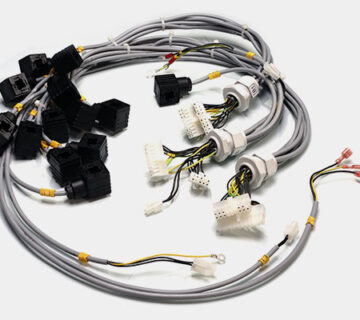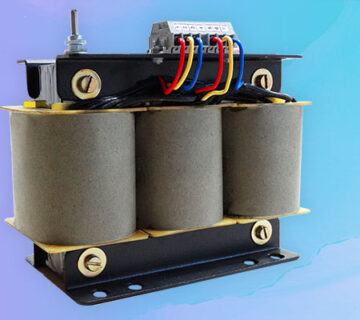Battery cables are used to power up an electrical system. They come in various gauge sizes and are sized as per the standard wire gauge measurements. Battery cables used must be selected as per the requirements of the electrical system they need to be installed with, depending upon two elements – the length of the cable required and the amperage required. The cable ends can be terminated using battery terminals or copper cable lugs. Instead of individual cables, cable harnesses that combine various similar wires into a bundle can also be used to make it easy and organized. You can get in touch with reputed cable harness manufacturers in India to get the right kinds of harnesses for your particular application.
You must note that when electricity flows through a cable/harness, there is natural resistance built to the flow of electricity, which in turn generates heat in the battery cable and is displayed as voltage drop, which is the voltage seen at one end of the cable minus the voltage at the other end. This voltage drop is influenced by the diameter of the copper conductors within the cables and the cable length; the relation being directly proportional to the length, and inversely proportional to the diameter. This means that longer cables result in higher voltage drop, and larger diameters result in lower voltage drop. The voltage drop is very significant because the amount of drop determines the functioning of a system. More-than-permitted drops may result in weaker performances or even failure of systems.
While determining the battery cables you need, you must consider both positive and negative cables. And, while installing such batter cables, you need to know all your requirements to choose the most appropriate product, and also understand the installation so that you may be able to install as well as change the battery cables whenever required in the future. For this, you need to first be able to locate the battery cables.
How to locate and change battery cables?
First and foremost, make sure you have all the safety equipment with you like gloves and glasses, and ensure that the system is turned off to avoid any kinds of shocks, shorts, and hazards. Different applications have different battery cable locations. Once located, you will need to remove the older cables. For this, you will need to cut the electrical tape binding the cables. Next, disconnect the negative cable and then disconnect the positive cable. Now, you are ready to install the new cables. Again, we remind you to use high quality cables or harnesses provided by professional cable harness manufacturers in India. Also, ensure that there is no dust or paint on the new cables, and that the connections on either end of the battery cable show bare metal so that passage of electricity can be permitted. Use a steel-toothed brush to clean the cable and connection ends. Now, connect the positive cable(s) and negative cable(s) at the points where you had removed the earlier cable(s). Once done, place the battery in the appropriate position (exactly fitting where it initially was). Voila! You have successfully changed your battery cables.




